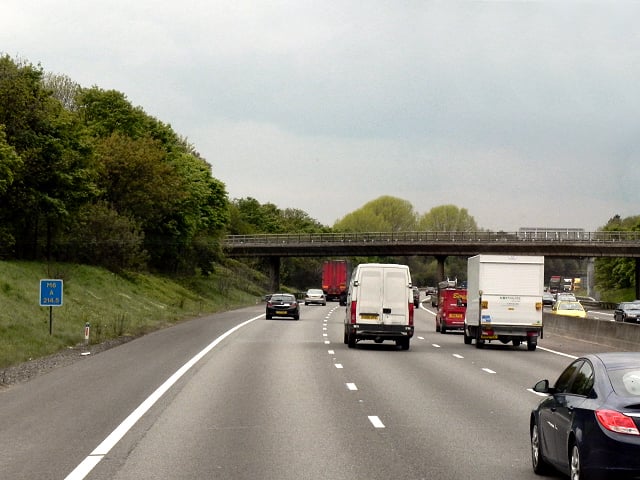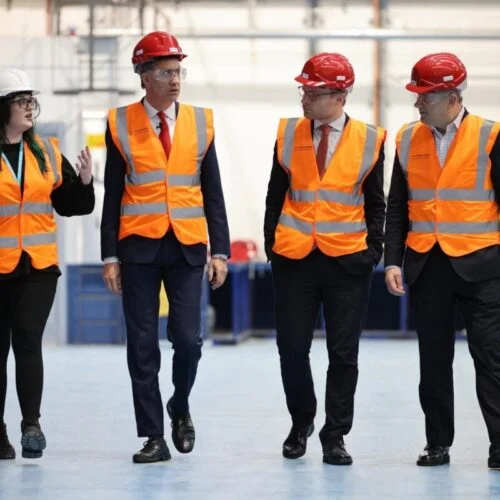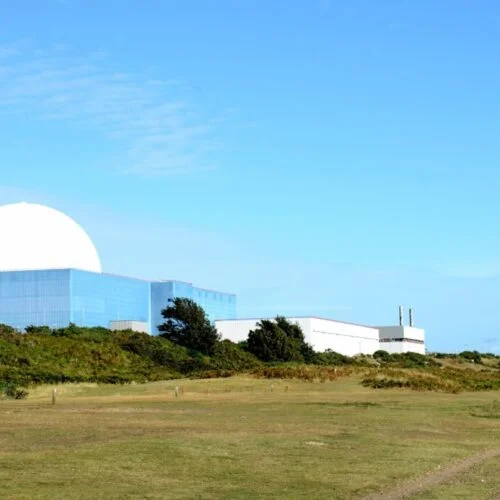Current market conditions mean 1.78 million new electric cars are expected to be on the road by the end of 2027, a figure that could increase 15% with the right regulatory changes.
A report published by the Society of Motor Manufacturers and Traders (SMMT) suggests that with more supportive and flexible market regulation, and consumer incentives such as a 50% VAT reduction for private EV buyers, 2.05 million EVs could be registered by end of 2027.
Titled In It Together, the report evidences how increasing EV uptake will benefit “every stakeholder”: supply chains, the used vehicle market, chargepoint manufacturers and network operators, electricity suppliers and distributors, vehicle maintenance providers and the insurance sector.
SMMT says the automotive industry is “fully invested” in the zero emission vehicle (ZEV) transition, but needs a regulatory framework that delivers a balanced transition.
Although some carmakers have pushed back on the ZEV mandate that will phase out new internal combustion engine (ICE) vehicles completely by 2035, SMMT states it is “imperative” that the mandate is a success.
The trade body sets out its vision for a regulatory framework that would support the industry to deliver the mandate, to the benefit of every stakeholder. It says “ZEV demand cannot be created simply by compelling manufacturers to sell”, and suggests that the government recognise the role “all technologies” have to play in decarbonising road transport.
This suggestion that plug-in hybrid vehicles, hybrid vehicles and hydrogen engines should be a larger part of the ZEV mandate comes as ministers debate whether to implement this change, something others have called a ‘watering down’ of the mandate.
SMMT also suggests better consumer incentives, including halving VAT on new ZEV purchases for three years and reducing the VAT on public charging in line with the 5% charged at home.
The targeted 300,000 public chargepoints installed by 2030 is currently not mandated; SMMT suggests a charging infrastructure mandate with binding targets should be introduced.
SMMT chief executive Mike Hawes states in his foreword to the report: “The UK’s EV market does not operate in a vacuum.”
Ultimately, he continues, the successful electrification of transport means greater and faster decarbonisation, which he describes as: “the entire point of this transition”.
Benefits across the industry
A lack of EV uptake threatens public chargepoint operators, which, without demand, can miss out on investment and see deployments limited. Further, reduced depot charging demand makes it harder for electricity networks to make a case for anticipatory investment.
The aggregate demand for power as a result of expanding the public network and increase in depot charging provides the necessary evidence electricity network operators need to make investments ahead of time to reinforce or upgrade the local network.
Charging equipment manufacturers also stand to gain, serving private vehicles and commercial fleets. Increased installation of home and workplace chargers enlarges the addressable market for smart charging and vehicle-to-grid (V2G), motivating electricity suppliers, aggregators and demand-side response service providers to offer more flexibility.
This is of benefit to EV owners who can save costs this way, but also benefits the wider energy transition, which is somewhat contingent on flexibility response to manage the electricity grid.
More EVs on the roads generates more data for insurers to use in risk pricing. This would drive down the cost of insuring an EV, which is currently higher relative to the cost of insuring a petrol or diesel car.
The report also notes the importance of the second-hand EV market, stating: “The more people who go electric in the new and used markets combined, the higher the utilisation of the public charging network will be, thus further reinforcing the virtuous circle.”






